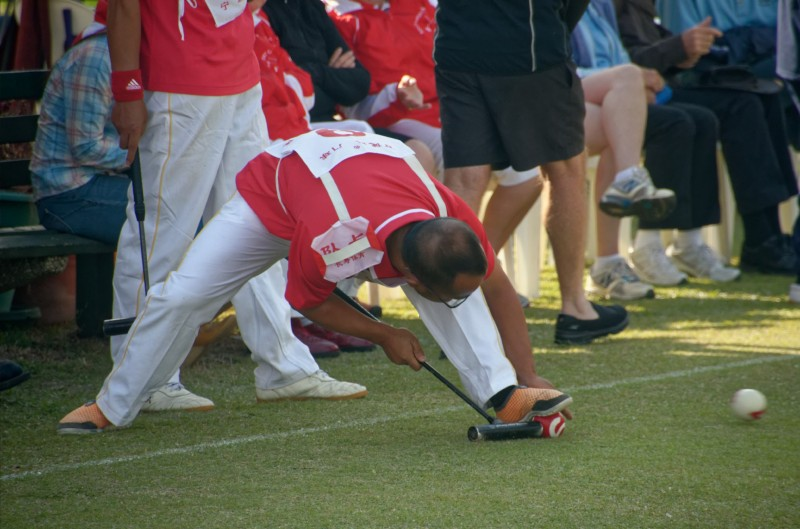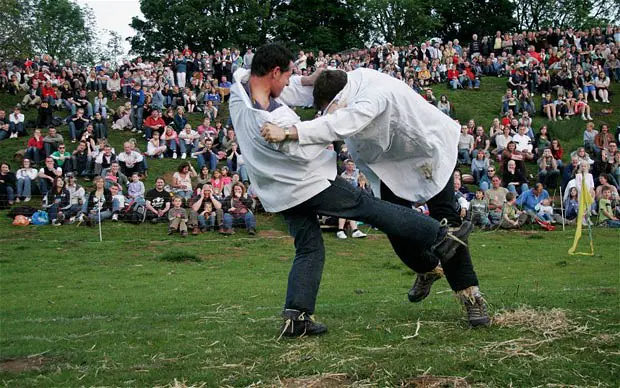Two centuries-old games highlight how cultures embed unique values and history into their pastimes: Pearl Ball, from China’s Manchu people, and Gateball, developed in post-war Japan. Their rules aren’t just about competition—they reflect identity, strategy, and community cohesion. Understanding how they operate gives insight into the cultural logic that shaped them, illustrating that “sport” is never culture-neutral.
Pearl Ball is a traditional game played by the Manchu in northeastern China. Often called Ti He, Cai He, or Reng He, its origin lies with pearl divers who used their free time after harvests to throw and catch “pearls,” later formalizing into a ball game. A match lasts two fifteen-minute halves, with a 10-minute break; the field is divided into three zones—competition, defense, and scoring. Players have distinct roles tied to zones, and only certain players may score, while others defend or deflect using paddles.
Gateball, by contrast, offers a fast-paced strategy-oriented team game modeled loosely after croquet. Originating in Japan in 1947, it uses numbered balls (each player has one), gates, and a goal pole. The court is rectangular (~20m × 15m), and two teams (red and white) of up to five players take turns to strike balls through gates and toward the goal pole. Players must plan sequences of hits carefully: hitting another ball gives you “rushing” opportunities, but also strategic risk. Scoring is counted by gate passes (1 point each) and striking the goal pole (2 points).
These two games, while quite different, show how traditional game rules do more than regulate play—they preserve regional narratives and values. Pearl Ball’s zone-division and role designation mirror communal responsibilities and hierarchical structure in Manchu culture. Gateball emphasizes precision, turn-based strategy, and teamwork across all ages, reflecting post-war Japanese ideals of harmony and disciplined play. For anyone interested in global game-studies or looking to incorporate unusual rules into new games, these are vivid examples of how rules arise from culture—and how they continue to live through play.





